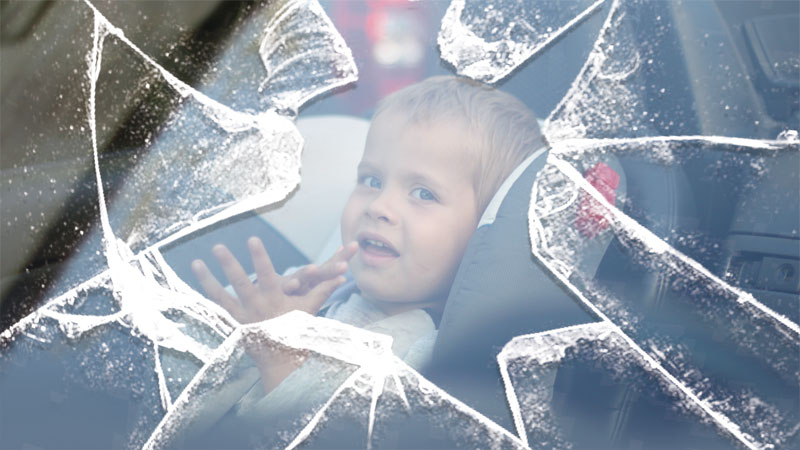

While more teeth are being added to the traffic laws in the Sultanate, one of the most necessary and much-awaited statute is the mandatory car seats for children under the age of four.
According to new law issued by the Royal Oman Police (ROP), motorists who do not adhere to secure their children on car seats while they’re on the road will be penalised with effect from March 1.
Car crashes are a leading cause of preventable death to children.
Worldwide, a majority of children who die as car passengers would have survived if they had been properly secured.
Compulsory car seats for children have been the demand by experts and bereaved families of children who died on Oman roads.
One of the worst road accidents that involved the deaths of children happened in Muscat in November 2015 when two vehicles collided head-on.
Four children in the age group of 1 to 7 years were killed.
The police report later said none of the children wore a seat belt or was in a child seat.
The World Health Organization (WHO) has stressed the importance of seat belts and car seats for children to prevent injuries and deaths in road accidents.
According to the global agency, the correct use of car seats can reduce the likelihood of car-crash deaths by 70 per cent in infants and by 54 to 80 per cent among young children.
Global Alliance for NGOs for Road Safety, in a report, says that riding unrestrained, as do the vast majority of children in Oman, is the single greatest risk factor for death and injury in a car crash or a sudden stop, even at low speeds.
“High exposure to risk in Oman has not been mitigated by road safety education or legal reform mandating the use of child safety seats.
This means that parents are unaware of the risks to which they expose their children by travelling unrestrained,” the report points out.
According to the agency, parents unwittingly gamble with their children’s lives by driving with them kneeling or standing on car seats, against the windscreen, lying across rear window ledges or hanging out of open windows.
In a crash, the law of physics dictates that any object, including a child loose inside the vehicle, will be propelled forward at the speed the vehicle was travelling before the collision.
In all likelihood, the child will hit the windscreen or hard car interior with devastating force of 30 times its body weight suffering severe facial and head injuries, resulting in death or permanent brain damage.
In many cases, the child is catapulted through the windscreen or car door onto the road outside to almost certain death.
The most dangerous place for a baby or child to travel is in the arms of his/her mother or other adult.
In a crash at only 50 km/h, an infant is likely to be violently catapulted out of the mother’s arms, hitting the dashboard or windscreen or, if seated in the back, hitting the seat in front with a force of 30 times his/her body weight.
“In many cases, the baby or child will be crushed by the mother’s own body as it too is propelled forward by the force of the crash, or between the exploding airbag and the mother’s body.
In a terrible irony, the infant’s soft body may cushion the mother and protect her from injury at the expense of its own life,” experts point out in the report.
The best seat for a child is one that fits him or her and fits properly in the car for which it is intended.
Child safety seats are often described in terms of ‘stages’ which correspond to certain weight and age ranges.
Some safety seats are convertible and can be used in more than one stage.
Based on research into accidents in the UK, Sweden and the United States involving children in child seats, European experts are now recommending that children up to four years of age (25 kg), be secured rearward facing, like in Scandinavia, which has a much lower number of children injured or dead in car accidents compared with other countries.
Oman Observer is now on the WhatsApp channel. Click here



